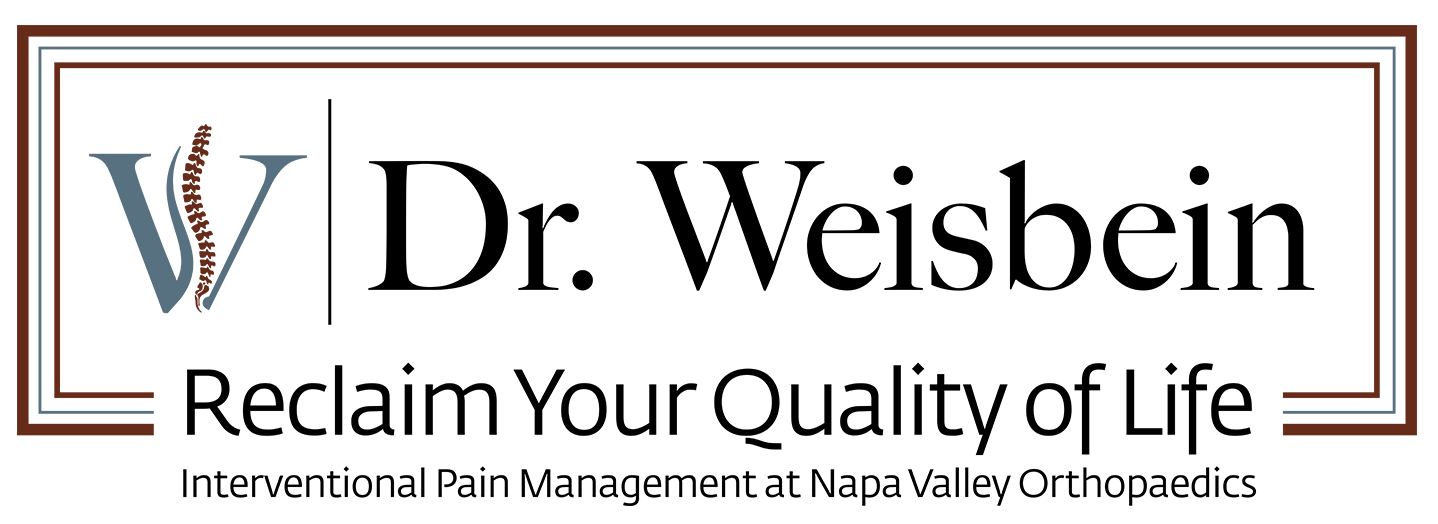Spinal Stenosis
If neck or back pain, numbness, cramping, or weakness associated with spinal stenosis negatively affects your everyday life, you don’t have to live with discomfort. Jacqueline Weisbein, DO and her expert pain management team offer innovative, advanced treatments to relieve chronic pain and improve your quality of life.
What is spinal stenosis?
Narrowing of your spinal canal or space around your spinal cord. It can place pressure on spinal nerves, leading to low back or neck pain. Spinal stenosis often results from wear and tear of your spine associated with osteoarthritis. Dr. Weisbein and her team offer conservative and surgical solutions to give you long-lasting relief.
What are the symptoms?
Not everyone with spinal stenosis experiences symptoms. If you do, you may notice:
Back pain
Neck pain
Numbness or tingling in your limbs
Walking or balance problems
Weakness
Cramping in one or both of your legs
Symptoms vary from person to person. If your pain is severe or lasts more than a few days, see Dr. Weisbein and her expert pain management team for an evaluation.
What are the risk factors?
There are numerous causes of spinal stenosis, including thickened ligaments, bone overgrowth, herniated discs, tumors, or spinal injuries. Factors that increase your risk are:
Being over age 50
Trauma
Scoliosis or other spinal deformities
Certain genetic diseases
Complications of spinal stenosis, if left untreated, include balance problems, incontinence, and paralysis in some cases.
How is spinal stenosis diagnosed?
Dr. Weisbein will review your medical history and symptoms and review X-rays, MRIs, CT scans, or other imaging procedures to find out what’s going on and determine which treatment is right for you.
What treatment options are there for spinal stenosis?
To treat discomfort associated with spinal stenosis, Dr. Weisbein may recommend one or more of the following pain management treatments:
Physical therapy: Physical therapy helps strengthen and stretch tissues near your spine to reduce pain associated with spinal stenosis and prevent future injuries.
Injections: Steroid injections can help reduce inflammation and relieve pain in areas of a pinched nerve. Dr. Weisbein might recommend a series of shots to help you achieve the most desirable outcome.
Spinal decompression: During spinal decompression, Dr. Weisbein removes part of thickened ligaments within your spine using needle-like instruments. Doing so widens your spinal canal to offer pain relief.
Minimally invasive surgery: Examples of these surgeries include the Mild Procedure. Depending on your medical history and physical exam, Dr. Weisbein may recommend one of these surgeries for you.
Before your minimally invasive surgery, you receive anesthesia, so you don’t feel any pain. Dr. Weisbein uses various surgical techniques to create more space in your spinal canal for long-lasting relief.
Don’t live with spinal stenosis pain! To schedule a new patient appointment, please call (707) 254-7117 or submit an Online Appointment Request here: New Patient Intake Form. If you are an existing patient, please call (707) 603-1078.
